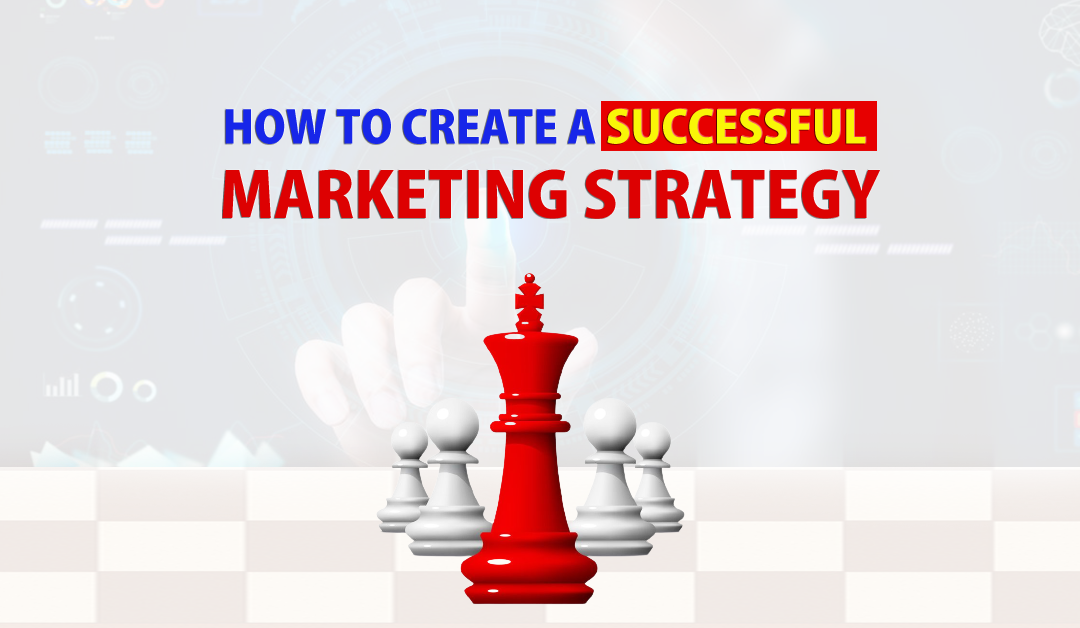Marketing strategy involves identifying your target market, developing a unique selling proposition, creating a comprehensive marketing mix, building a strong brand identity, selecting effective channels, allocating budget resources, and tracking key performance indicators (KPIs) to measure success.
- Define your target audience: Your marketing efforts will be more effective if you know who your ideal customers are. Determine your target audience based on demographics, interests, and behaviors. Create buyer personas that represent your ideal customers to help you understand their needs and preferences.
- Analyze your competition: Identify your competitors and analyze their strengths and weaknesses. This will help you differentiate your brand and develop a unique selling proposition.
- Identify your unique selling proposition: Determine what sets your brand apart from the competition. Use this to create a compelling message that resonates with your target audience.
- Set clear goals: Define specific, measurable, achievable, relevant, and time-bound (SMART) goals for your marketing strategy. This will help you track progress and determine success.
- Develop a budget: Determine how much you can spend on marketing and allocate funds to specific tactics. This will help you avoid overspending and make the most of your resources.
- Determine your marketing mix: Decide which marketing channels will be most effective in reaching your target audience. Consider social media, email, advertising, public relations, events, and more.
- Create a content strategy: Develop a plan for creating and sharing valuable content that engages your audience and drives traffic to your website. Consider blogging, videos, infographics, and more.
- Optimize your website: Ensure your website is user-friendly, mobile-responsive, and optimized for search engines. This will improve your website’s visibility and encourage more conversions.
- Use SEO: Optimize your website and content for search engines to increase visibility and organic traffic. This includes optimizing meta tags, titles, and descriptions.
- Use paid advertising: Consider using paid advertising, such as Google Ads or Facebook Ads, to reach your target audience and drive traffic to your website. Set a budget and track performance to maximize ROI.
- Leverage social media: Use social media platforms to engage with your audience, build brand awareness, and drive traffic to your website. Choose the platforms that are most relevant to your target audience.
- Utilize email marketing: Use email marketing to nurture leads, promote new products, and keep your audience engaged. Segment your email list based on interests and behaviors to send more targeted messages.
- Utilize influencer marketing: Partner with influencers in your industry to reach a larger audience and build brand awareness. Choose influencers who align with your brand values and have an engaged following.
- Utilize video marketing: Create engaging video content to promote your brand and products. Use platforms like YouTube and Vimeo to reach a wider audience.
- Host events: Host in-person or virtual events to engage with your audience and build relationships with potential customers. Choose event types that align with your brand and target audience.
- Utilize customer reviews: Encourage customers to leave reviews on your website or social media platforms to build trust and credibility. Respond to reviews and use feedback to improve your products and services.
- Monitor analytics: Track and analyze the performance of your marketing campaigns to optimize and improve future efforts. Use tools like Google Analytics to measure website traffic and engagement.
- Use retargeting: Utilize retargeting tactics to reach potential customers who have previously interacted with your brand. This includes showing ads to people who have visited your website or abandoned a shopping cart.
- Create partnerships: Establish partnerships with other brands in your industry to reach new audiences and build credibility. Choose brands that align with your values and offer complementary products or services.
- Continuously test and refine: Continuously test and refine your marketing strategy to ensure it aligns with your business goals and resonates with your audience. Use data and feedback to make informed decisions and adjust your tactics

